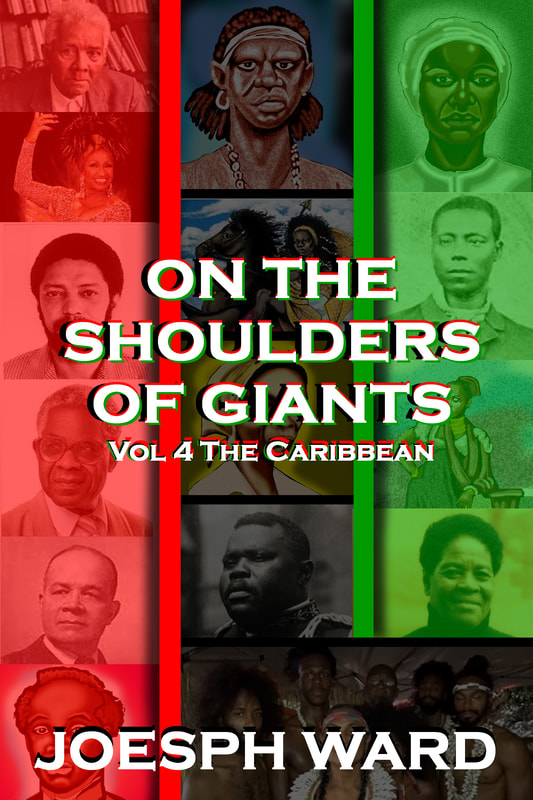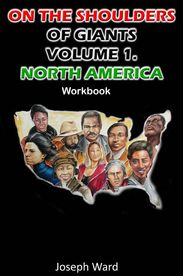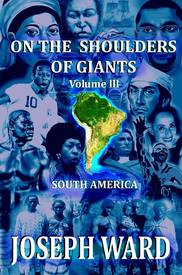|
700AD is said the be the year a group of Tiano people called the Lucayan migrated from Cuba and Hispaniola to the Bahamas, becoming the first inhabitants of the archipelago. The Lucayans inhabited the Bahamas for eight hundred years or more, their population reached around forty thousand at its height. Archeological evidence showed that most of the population inhabited the largest islands in the archipelago, but they also inhabited the smaller islands. Evidence also shows the Lucayans inhabited the Turks & Caicos Islands. The Lucayans are described as a Western Tiano group. The Western Tiano inhabited Cuba, Jamaica, and the Bahamas. Though they were closely related to other Tiano groups, the Lucayans did have cultural differences that helped to distinguish them from other groups of Tiano. They spoke a Tiano language that was distinct to their culture. I do not know the name of the language, but as they developed as a culture, their language developed as well. They were known to live in chiefdoms that consisted of many families living in thatched huts made of plant and animal materials. The Lucayan word for the hut is Caney. Christopher Columbus and his men described the Lucayans as very beautiful people. They considered the Lucayan women as some of the most beautiful women in the world. Many of the European men left their homes to be with the Lucayan women. The Lucayan men were regarded as very tall, dark, and handsome. Their skin was bronze-colored and their hair was straight and black and usually cut short. Both the men and women wore customary body paint, tattoos, and traditional scarification. The women wore cotton skirts, while the men wore cotton lion cloths. They decorated themselves with gold and other precious metals and stones as nose rings, earrings, bracelets, and more. They were said to have practiced head flattening to elongate their skulls. Hunting, fishing, gathering, and farming are how they sustained themselves. Their crops usually consisted of cassava, agave, tobacco, cotton, sweet potatoes, peanuts, beans, papayas, guava, pineapples, and more. Lucayans were also very skilled craftsmen. They created pottery that is classified as Palmetto Ware, Abaco Redware, and Crooked Island Ware. They also carved canoes to travel between the islands to engage in trade with the other islanders. Weapons, tools, bowls, and other everyday items were also expertly carved by the Lucayans. 1492, is the year Christopher Columbus and his men arrived in the Bahamas. In less than thirty years, the Lucayan population was either completely or almost wiped out by the Europeans. As a child growing up in the State of Florida, in the 80s and 90s, I was taught that Columbus discovered America. I always asked, how could he discover something people already inhabited? I also always wondered who the original inhabitants of the Caribbean islands were. Now I know, and you know as well, that the Tiano and other groups of indigenous people lived on the islands close to a thousand years before dusty ole Columbus got lost. To the Lucayans of the Bahamas and Turks and Caicos, we proudly stand on your shoulders. J.A. Ward Click here to support my OTSOG book series!! References: https://www.expeditions.com/expedition-stories/stories/lucayans-vanished-indigenous-people-bahamas/ https://www.bahamastourcenter.com/who-were-the-lucayan-indians/ https://en.wikipedia.org/wiki/Lucayan_people
0 Comments
The Haitian Revolution was one of the greatest military and cultural battles to take place in the history of man. The tiny island of Haiti defeated France, England, and Spain to gain its independence in 1804. Toussaint L’Ouverture, Jean-Jacques Dessalines, and Dutty Boukman are the well-known leaders of the revolution. But like any successful military campaign, those leaders were supported by an army. I am telling you the story of a little-known hero and integral person of the Haitian Revolution, seamstress, and nurse, Katherine Flon. Not much information is known about her early life, but we know she was born in the Haitian city of Arcahaie in the late seventeen hundreds. Information exists about Katherine being the goddaughter of Jean-Jaques Dessalines, it also says she served as his assistant during the Haitian Revolution. As a young girl, she was introduced to the art of sewing and found very quickly she had a gift. She was also introduced to nursing, which became her profession and a valuable skill during the revolution. As Katherine grew into a woman, she continued to develop her skills as a seamstress and practice nursing. She would open a sewing workshop in the city of Arcahaie to teach young girls how to sew so they could support themselves. The Haitian Revolution began on August 21, 1791, and Katherine’s family was one of the many families to flee their homes seeking refuge from the revolution. Katherine made the difficult choice to not join her family and stay behind to help with the revolution. The majority of Katherine’s service in the revolution was in the capacity of a nurse attending to the wounds of soldiers. She was able to nurse her fellow revolutionaries in a non-combat zone, keeping kept her and others safe. By 1803, Jean-Jaques Dessalines was leading the Haitian army against France, England, and Spain, and an official flag for Haiti was not created yet. Dessalines ripped the white stripe out of a French flag after a battle as a symbol of Haiti no longer being connected to France, sending a message to France’s General Burnet. After Dessalines ripped the white stripe out of the French flag, he told his general, General Clerveau to oversee a team of people who could create the flag for Haiti led by Katherine. Katherine quickly put together her team and their ideas began flowing immediately. The original Haitian flag sewn by Katherine was the vertical red and blue stripes sewn together after Dessalines ripped out the white stripe. That day was May 18, 1803, which is now commemorated as Haitian Flag Day. Now Haiti had its flag, and would soon win its independence on January 1, 1804. The Haitian flag has had many changes to its design. In 1805, the vertical red and blue stripes were now horizontal. In 1806, the National Haitian Coat of Arms was added to the horizontal red and blue stripes. 1811, the flag was a red and black vertical stripe with the coat of arms, and there were three more changes until the current flag was settled upon, the horizontal red and blue stripes with the coat of arms. Katherine Flon, like many other women of the Haitian Revolution, is relatively unknown outside of the island of Haiti. Some historians try to relegate Katherine to just a myth because not much of her story is known, but Haitian historians admire her and she is a key historical figure. The Haitian government decided to place her likeness on the Haitian bill of ten gourdes in the year 2000. To the nurse and seamstress that sacrificed her own safety and freedom to help her people gain their freedom, and even created the original Haitian flag. Katherine Flon, we proudly stand on your shoulders. J.A. Ward Click here to support the On the Shoulders of Giants book series. References: https://www.lunionsuite.com/woman-sewed-fabric-liberty-catherine-flon/ https://enslaved.org/fullStory/16-23-126810/ Bello, Bayyinah. (2019). Sheroes of the Haitian Revolution. Thorobred Books, LLC. |
Details
Categories
All
Click Here to join our mailing list
|
Contact Us: |
Connect With Us |
Site powered by PIT Web Design

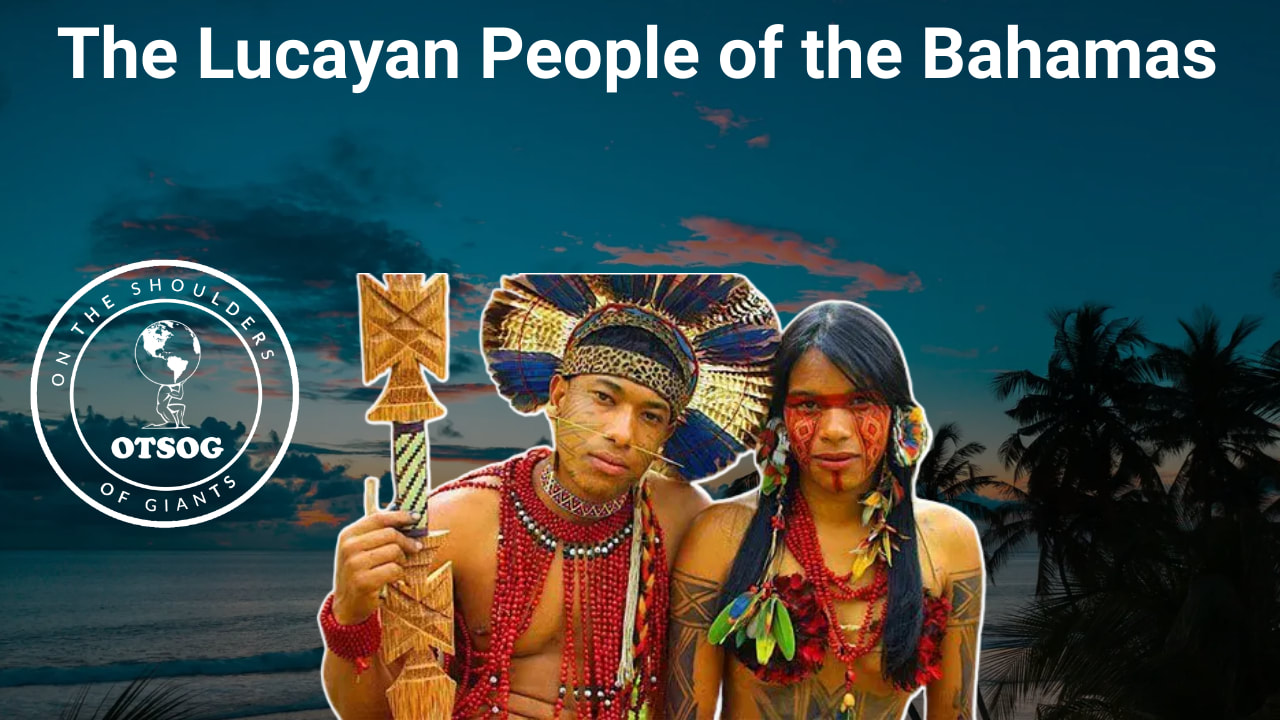
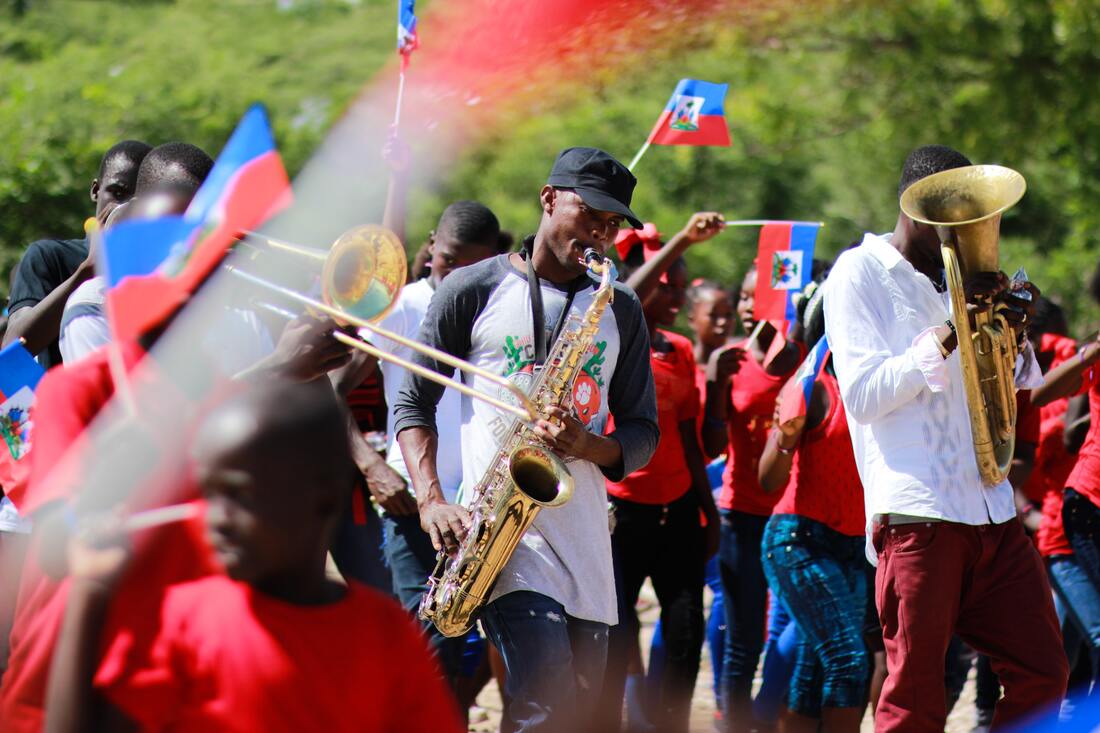
 RSS Feed
RSS Feed
